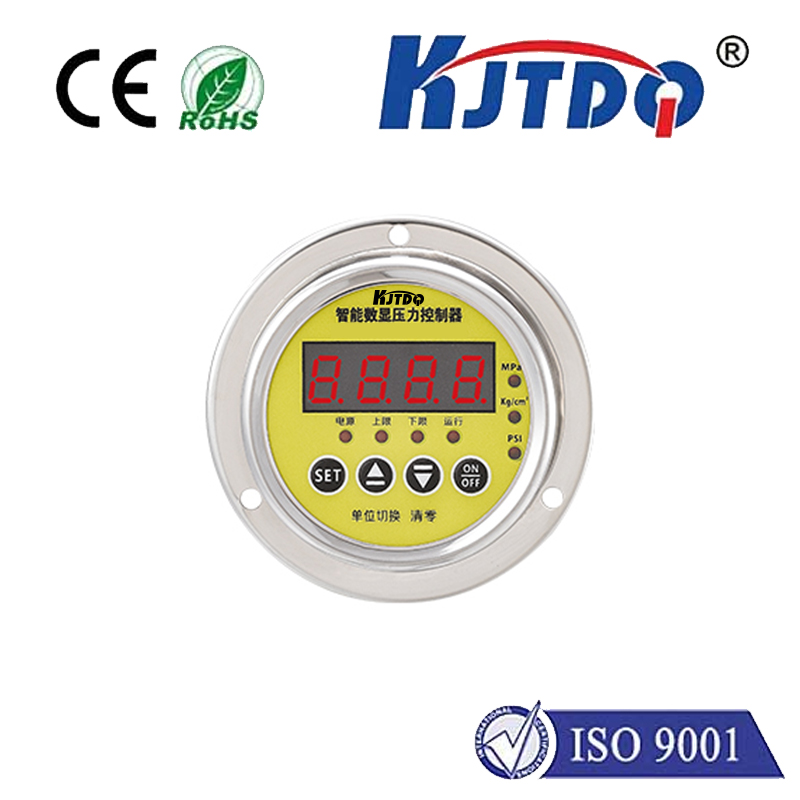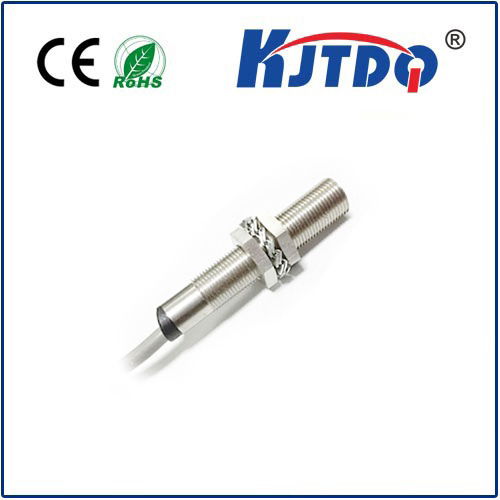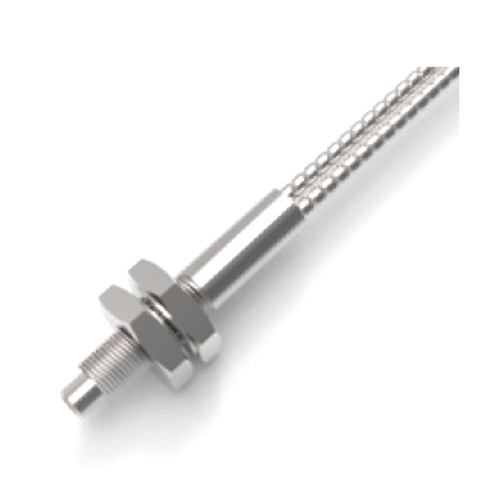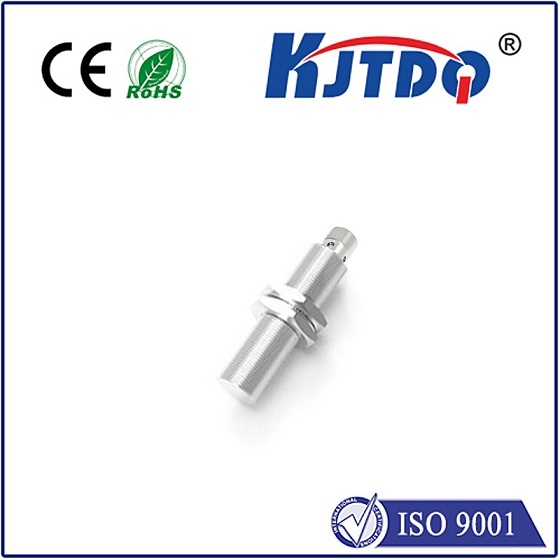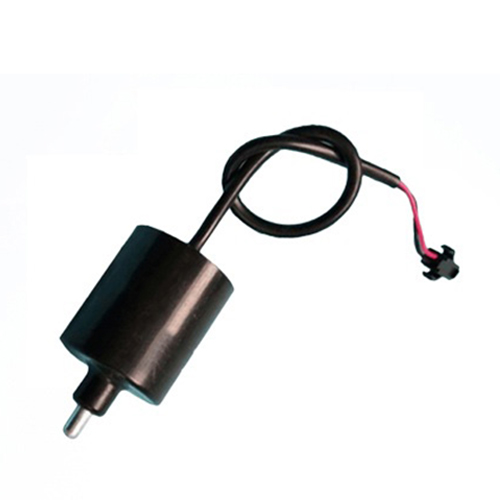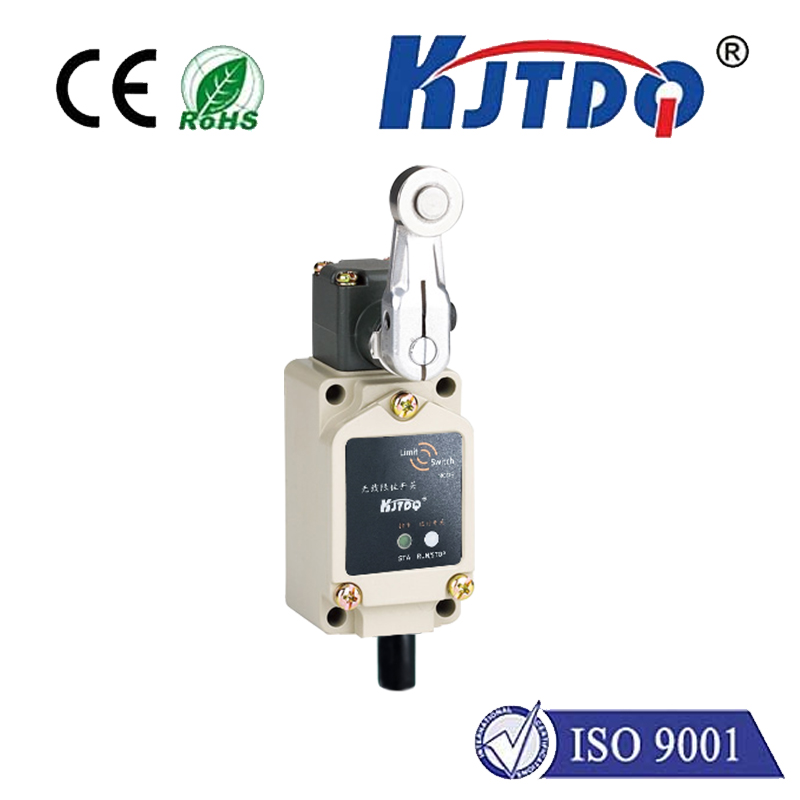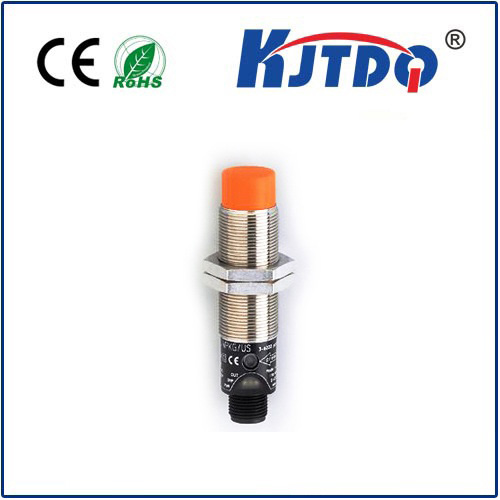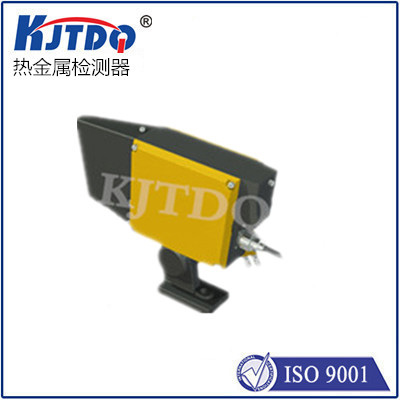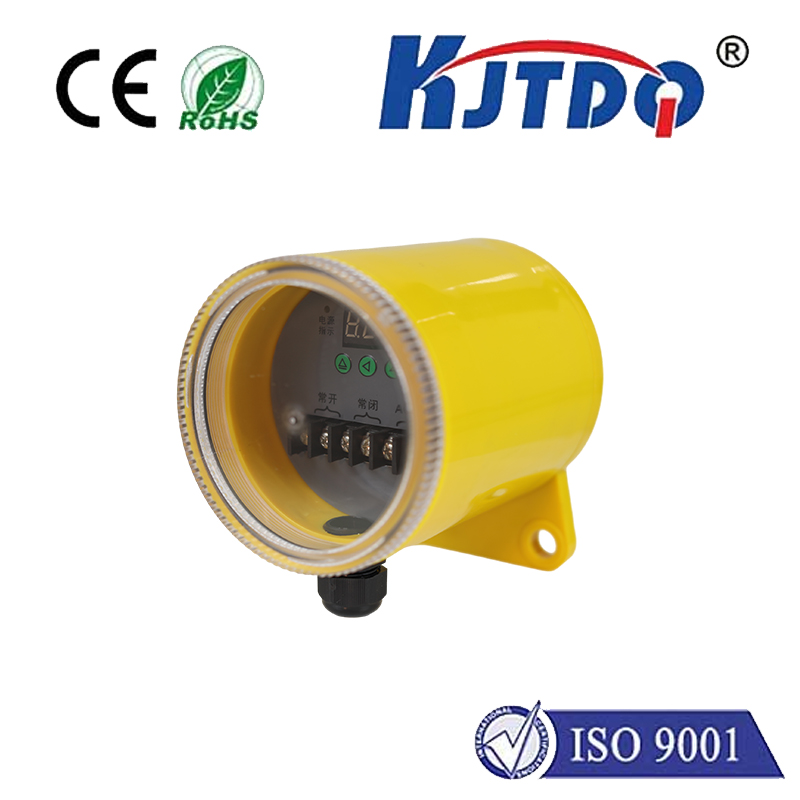индуктивный датчик
- time:2025-06-20 01:48:35
- Нажмите:0
The Unseen Force: How Inductance Sensors Power Modern Automation
Imagine a component silently embedded within your car’s engine, ensuring precise valve timing for optimal power and efficiency. Picture a robotic arm in a factory, assembling intricate electronics with micron-level accuracy, never physically touching the components. Envision quality control on a production line, flawlessly detecting tiny imperfections in metal parts hurtling past at blinding speed. Behind these feats of modern engineering often lies a quiet workhorse: the индуктивный датчик.
Far more than just electrical components, inductance sensors are masters of non-contact detection and measurement. They operate on the fundamental laws of electromagnetism, harnessing the principle of inductive coupling to “sense” the presence or characteristics of conductive targets without ever making physical contact. This unique capability makes them invaluable across countless industries, driving automation, enhancing precision, and improving reliability.
How Does the Magic Happen? Core Principles Explained
At the heart of an inductance sensor (also commonly called an индукционный датчик приближения) lies a coil of wire wound around a ferromagnetic core. When an alternating current (AC) flows through this coil, it generates a constantly changing, oscillating magnetic field radiating outwards from the sensor face, as governed by Faraday’s Law.
When a conductive target (typically metal – ferrous metals like iron or steel are most responsive, but non-ferrous metals like aluminum, brass, or copper also work) enters this dynamic magnetic field, something crucial occurs: eddy currents are induced within the target material itself.
These swirling eddy currents create their own opposing magnetic field. This secondary magnetic field interacts with the primary field generated by the sensor’s coil. The key effect is a change in the inductance (L) – essentially, the coil’s ability to store energy in its magnetic field – and a corresponding change in the impedance (Z) of the sensor’s oscillating circuit.

The sensor’s sophisticated built-in electronics constantly monitor this impedance. When the change caused by the target reaching the specified sensing distance exceeds a predefined threshold, the sensor triggers its output signal. This output is typically a simple, robust on/off switch (though specialized versions exist for analog position measurement – see LVDT/RVDT below).
Key Types and Their Superpowers
While the core operating principle remains consistent, inductance sensors come in various configurations tailored to specific needs:
- Shielded (Embedded) Sensors: The coil is surrounded by a ferromagnetic shield (like iron). This focuses the magnetic field radially outwards from the front face. Benefits include:
- Flush Mounting Capability: Can be mounted flush with a metal bracket without interference.
- Directional Sensing: Less sensitivity to surrounding metal.
- Unshielded (Non-Embedded) Sensors: The coil is open, allowing the magnetic field to extend radially and laterally. This translates to:
- Longer Sensing Ranges: Compared to shielded types of the same size.
- Requires Mounting Clearance: Need space around the sensor body to prevent interference from the mounting surface.
- Variable Reluctance Sensors: Often used for measuring rotational speed (like detecting gear teeth or turbine blades). They rely on changes in the magnetic circuit’s reluctance as ferrous targets pass by.
- Inductive Position Sensors (LVDT/RVDT): More complex devices designed specifically for precise, analog measurement of linear (Linear Variable Differential Transformer - LVDT) or angular (Rotary Variable Differential Transformer - RVDT) displacement. They use multiple coils and sophisticated phase detection for high accuracy.
Why Choose Inductance Sensing? Compelling Advantages
The widespread adoption of inductance sensors is no accident. They offer a compelling set of strengths crucial for demanding industrial and automotive environments:
- Robustness & Longevity: No moving parts and typically housed in rugged materials (stainless steel, PBT, etc.). They are highly resistant to shock, vibration, dirt, dust, oil, and moisture (often rated IP67/IP68 or higher).
- Non-Contact Operation: Eliminates wear and tear from physical contact. No mechanical stress on the sensor or the target. Ideal for counting, positioning, or detecting fragile objects.
- High Switching Frequencies: Capable of detecting very fast-moving objects – crucial for high-speed production lines (e.g., bottling plants, packaging).
- Insensitivity to Target Surface Conditions: Works reliably through contaminants like oil, grease, or water film. Performance is generally unaffected by surface color or, to a large extent, texture. (Focuses on inherent material conductivity).
- High Repeat Accuracy: Provide extremely consistent detection points, critical for precision manufacturing and assembly tasks.
- Simple Integration: Typically offer straightforward PNP (sourcing) or NPN (sinking) DC outputs (or relay contacts) compatible with most Programmable Logic Controllers (PLCs) and industrial control systems.
Where They Shine: Ubiquitous Applications
The versatility of inductive sensing technology places these sensors into action almost everywhere you look in industry and beyond:
- Factory Automation: Position verification (end stops, part presence), object counting (bottles, cans, packages), machine tool positioning (lathes, mills), robotic end-effector positioning, conveyor line control, metal detection in non-metallic materials.
- Automotive Engineering: Camshaft/crankshaft position sensing (engine timing), transmission gear detection, brake pedal position, suspension travel measurement (often using LVDTs), non-contact fluid level detection in reservoirs.
- Material Handling & Logistics: Detection of pallets, metal containers, forklift positioning, gate control.
- Metal Processing & Machining: Tool breakage detection, part positioning on CNC machines, thickness measurement (specialized systems), sorting metallic objects.
- Packaging Machinery: Filling level detection for metal containers, cap detection, product counting, position control of moving parts.
- Elevators & Lifts: Position detection of the car or counterweight, door safety monitoring.
- Возобновляемые источники энергии: Position sensing in wind turbine pitch control mechanisms.
- Medical Devices: Position feedback in actuators within automated analysis equipment or surgical robots (where non-contact is essential).
Considerations and Limitations: Knowing the Boundaries
While immensely powerful, inductance sensors aren’t a universal solution. Key considerations include:
- Target Material: Primarily detect conductive metals. Effectiveness varies with material type (ferrous vs. non-ferrous) and thickness/thinness. Generally ineffective on non-conductors like plastic, wood, glass, or paper (unless detecting embedded metallic components).
- Sensing Range: Typically limited (a few millimeters up to several centimeters for larger sensors). The nominal sensing distance (Sn) is standardized and usually specified for a mild steel target.
- Environmental Factors: While robust, extreme temperatures (very high or very low) can affect performance. Strong external magnetic fields can cause interference. Sensing through thick non-conductive walls is generally limited.
- Target Size & Shape: Smaller targets or targets with complex shapes may need to be within a specific portion of the sensing field for reliable detection.
The Invisible Enabler: Driving Progress Forward
From the humming assembly lines building smartphones to the precision engineering inside modern vehicles and the reliable operation of heavy machinery, inductance sensors work silently and reliably. Their ability to provide non-contact, robust, and precise detection of metallic objects under challenging conditions makes them an indispensable automation technology.
Understanding the principles of inductive coupling and eddy current detection allows engineers to harness their capabilities effectively, designing systems that are faster, more reliable, and more accurate. As technology marches forward, demanding ever greater precision and resilience, the fundamental robustness and simplicity of inductance sensing ensure this technology will continue to be a vital “unseen force” shaping our automated world

